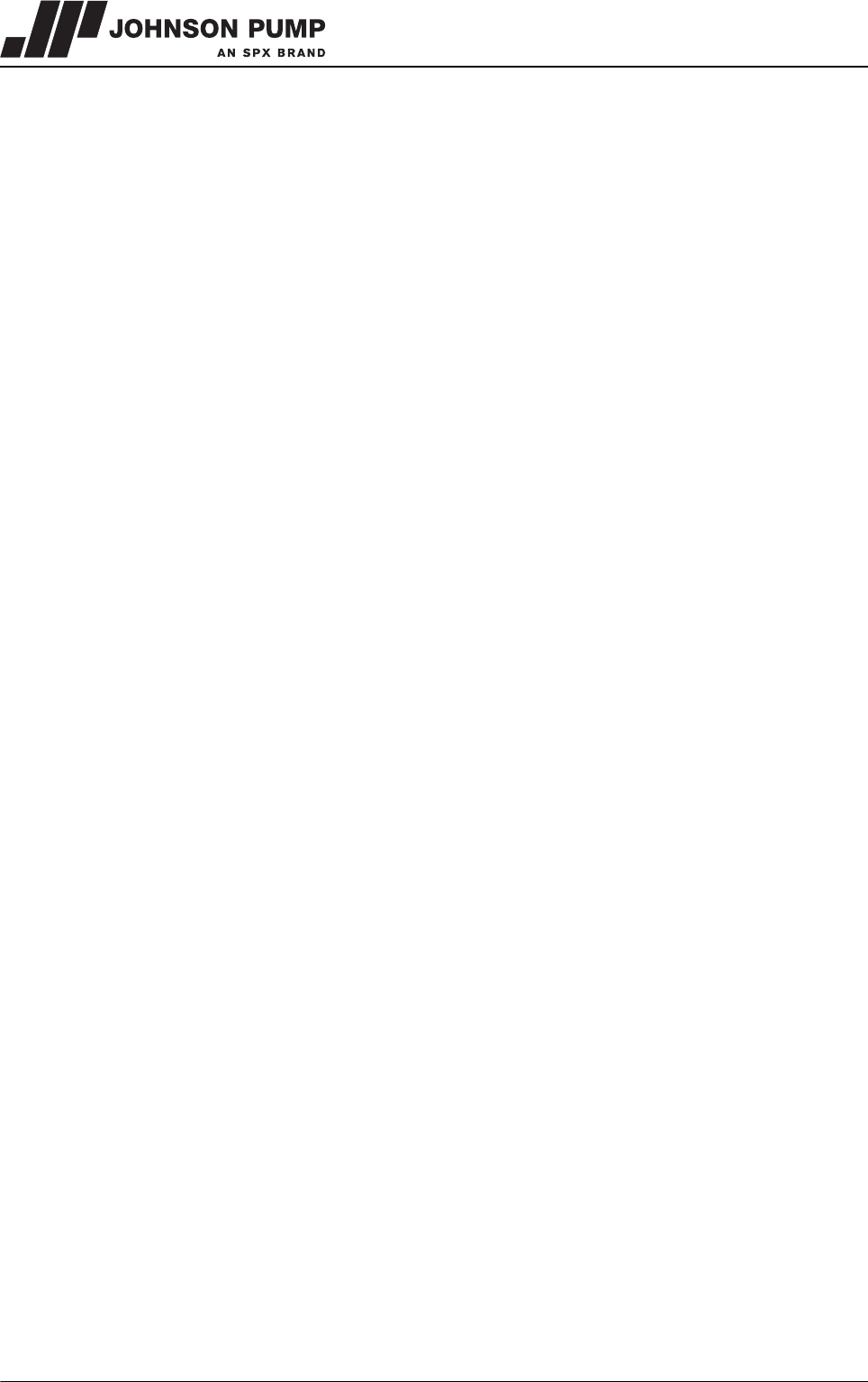
28 Maintenance CR/EN (1004) 4.0
5.4 Environmental influences
• Regularly clean the filter in the suction pipe or the suction strainer at the bottom of the
suction pipe, as the inlet pressure may become too low if the filter or the suction
strainer is fouled.
• If there is a risk that the pumped liquid expands during solidification or freezing, the
pump has to be drained and, if necessary, flushed after it has been put out of service.
• If the pump is out of service for a long time, it has to be preserved.
5.5 Noise
If a pump starts making noise, this may point to certain problems with the pump unit. A
crackling noise can indicate cavitation or excessive motor noise can indicate
deterioration of the bearings.
5.6 Faults
ƽ The pump, of which you want to determine the fault, may be hot or under
pressure. Take the appropriate precautions first and protect yourself with
the proper safety devices (safety goggles, gloves, protective clothing)!
To determine the source of the malfunctioning of the pump, proceed as follows:
1 Switch off the power supply to the pump unit. Lock the working switch with a padlock
or remove the fuse. In case of a combustion engine: switch off the engine and close
the fuel supply to the engine.
2 Close the stop valves.
3 Determine the nature of the fault.
4 Try to determine the cause of the fault with chapter 6 "Problem solving" and take the
appropriate measures or contact your installer.


















